Framed vs Frameless
Framed vs Frameless Cabinetry can be a daunting decision.
Read this to help you understand the differences and guide you in the right direction when deciding what type of cabinet works best for you.
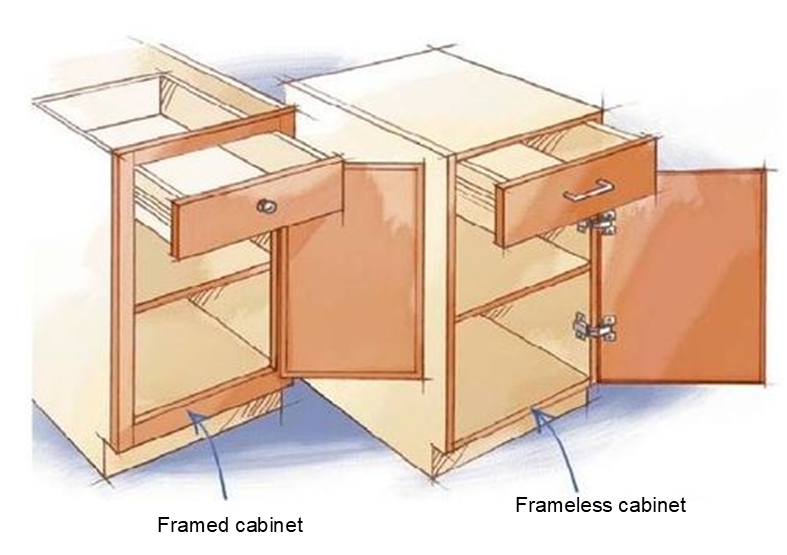
When it comes to cabinetry, the choice between framed and frameless styles can significantly impact the aesthetics, functionality, and overall feel of your space. Understanding the differences between these two options is crucial in making an informed decision for your kitchen, bathroom, or any other area in need of storage solutions.
Framed cabinetry is a traditional style characterized by a frame or face frame attached to the front of the cabinet box. This frame provides structural support and adds a decorative element to the cabinet design. Framed cabinets often evoke a timeless and traditional look, making them well-suited for traditional or transitional kitchen designs. The visible frame adds depth and dimension to the cabinet doors, contributing to their visual appeal. Framed cabinetry comes in various styles, including inset, partial overlay, and full overlay, offering flexibility in design choices to suit different preferences and architectural styles. The frame provides additional strength and stability to the overall structure. But it reduces the useable width of cabinet openings slightly compared to frameless cabinets.
Frameless cabinetry, also known as European-style, lacks a face frame, resulting in a clean and minimalist look. This makes them a popular choice for modern and contemporary kitchen designs. Without a face frame, frameless cabinets provide full access to the interior storage space, maximizing storage capacity and usability. This makes them ideal for optimizing storage in smaller kitchens or bathrooms. The absence of a frame simplifies cleaning as there are no crevices or edges to trap dirt or debris. Frameless cabinetry relies on thicker sidewalls and stronger box construction to make up for the lack of a frame. Installation requires precise measurements and alignment to ensure a seamless fit. This is also why it is NOT recommended to go into an old home that may be very unlevel and out of square.
When deciding between framed and frameless cabinetry, consider the overall design aesthetic of your space, your storage needs, and your budget. Framed cabinets offer a classic and sturdy option with decorative appeal, while frameless cabinets provide a modern and efficient solution with maximized storage space. Consulting with a design professional can help you explore the best option for your specific requirements and create a cohesive look that complements your style preferences.
When considering a framed or frameless cabinet, there’s no one-size-fits-all solution. Each style offers unique benefits and considerations, requiring careful evaluation to determine the best fit for your space. Whether you prioritize traditional charm or contemporary functionality, understanding the differences between framed and frameless cabinetry will guide you towards your style designed for life.
Thank you for joining us on this exploration of framed vs frameless cabinetry. We hope this guide has provided valuable insights to assist you in making the best cabinetry decision for your kitchen, bathroom, or any other area in need of storage solutions. Stay tuned for more tips and advise on creating beautiful and functional living spaces.
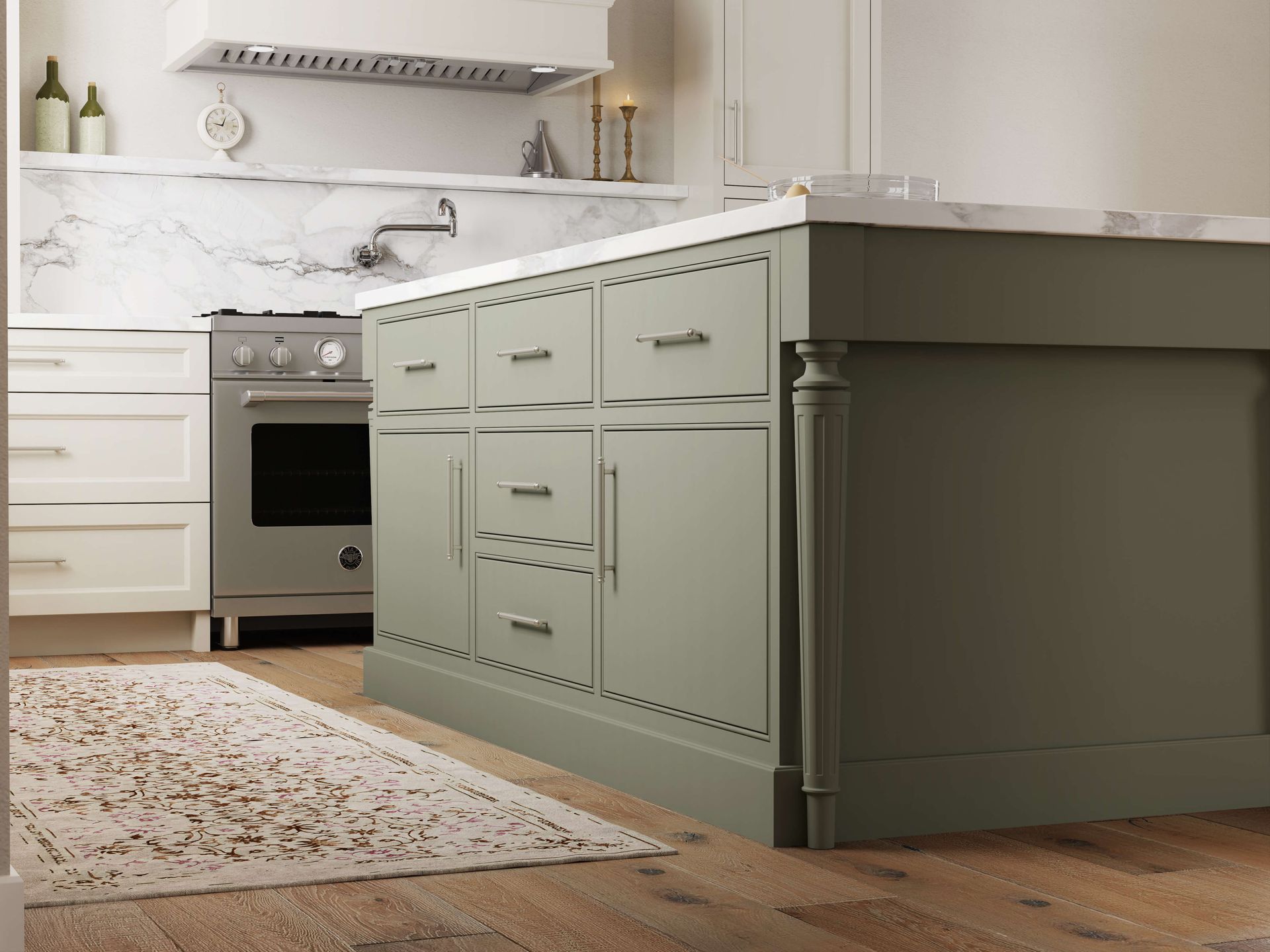


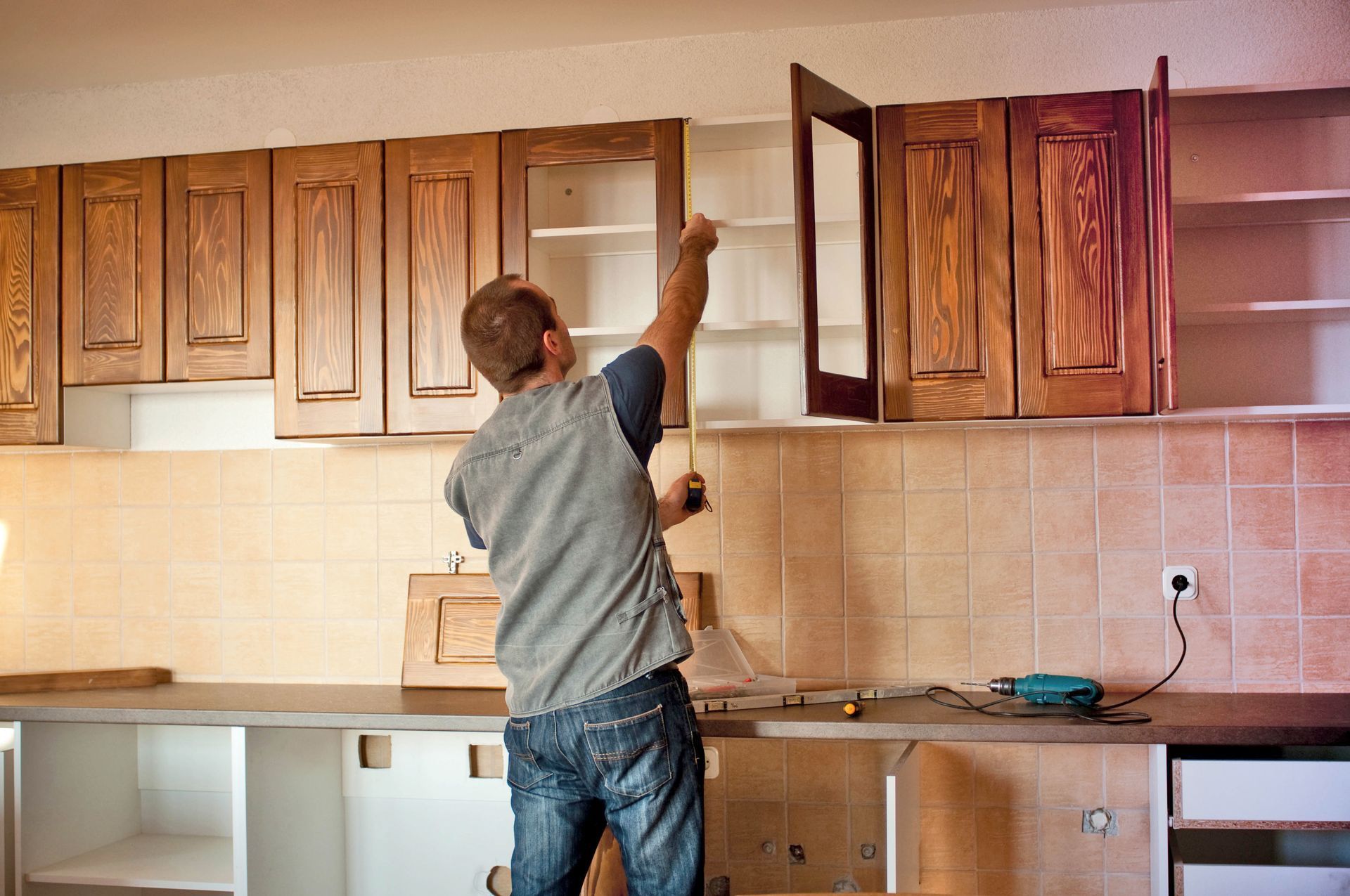
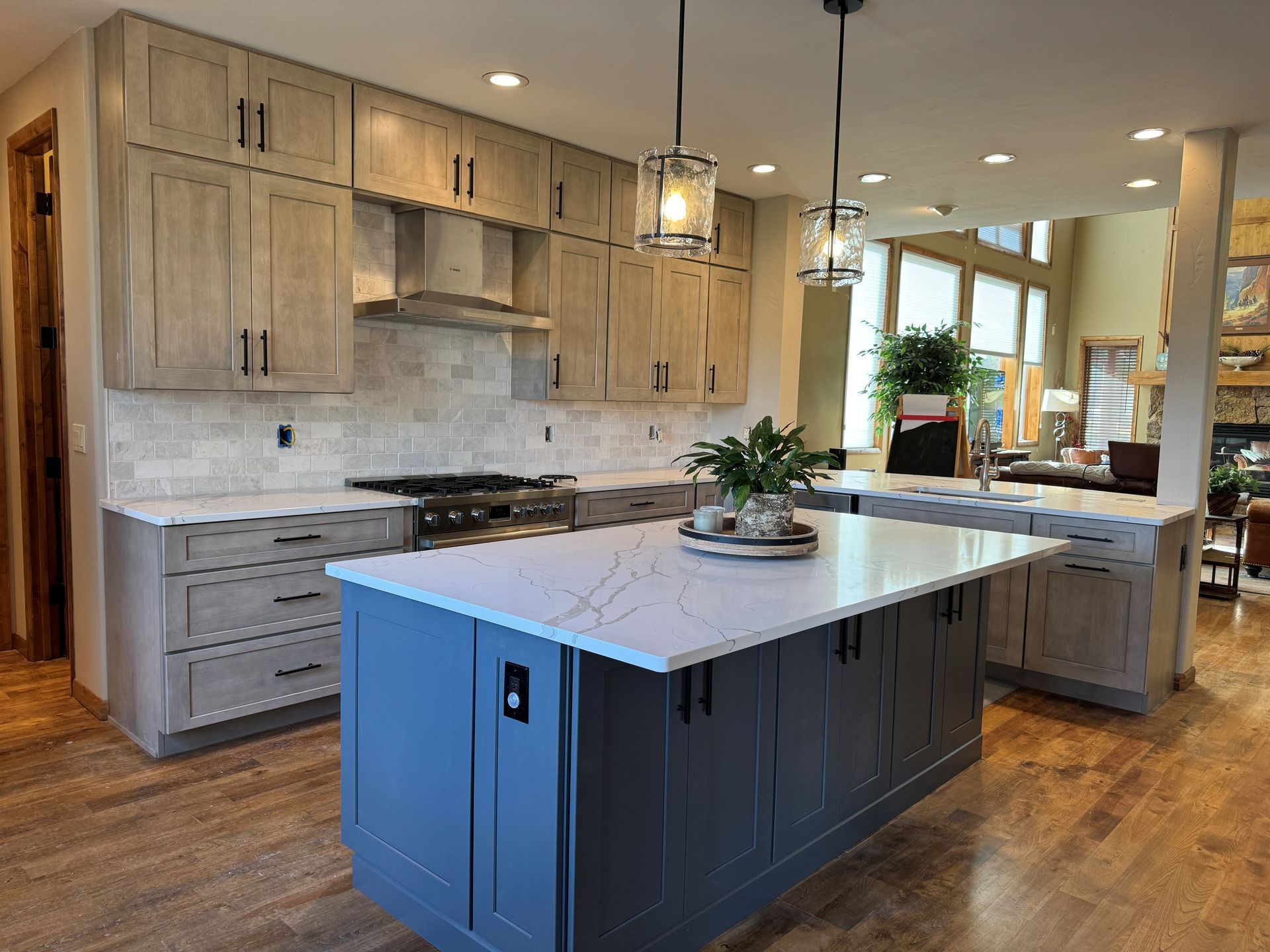
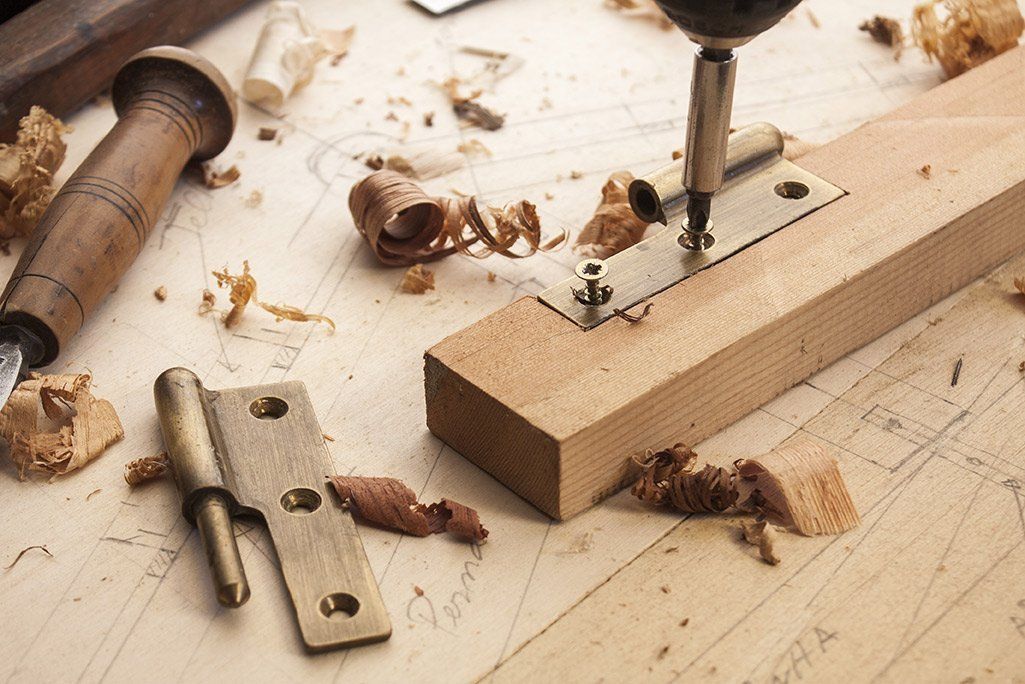
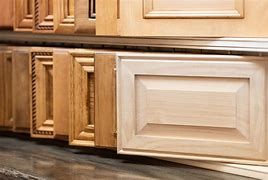
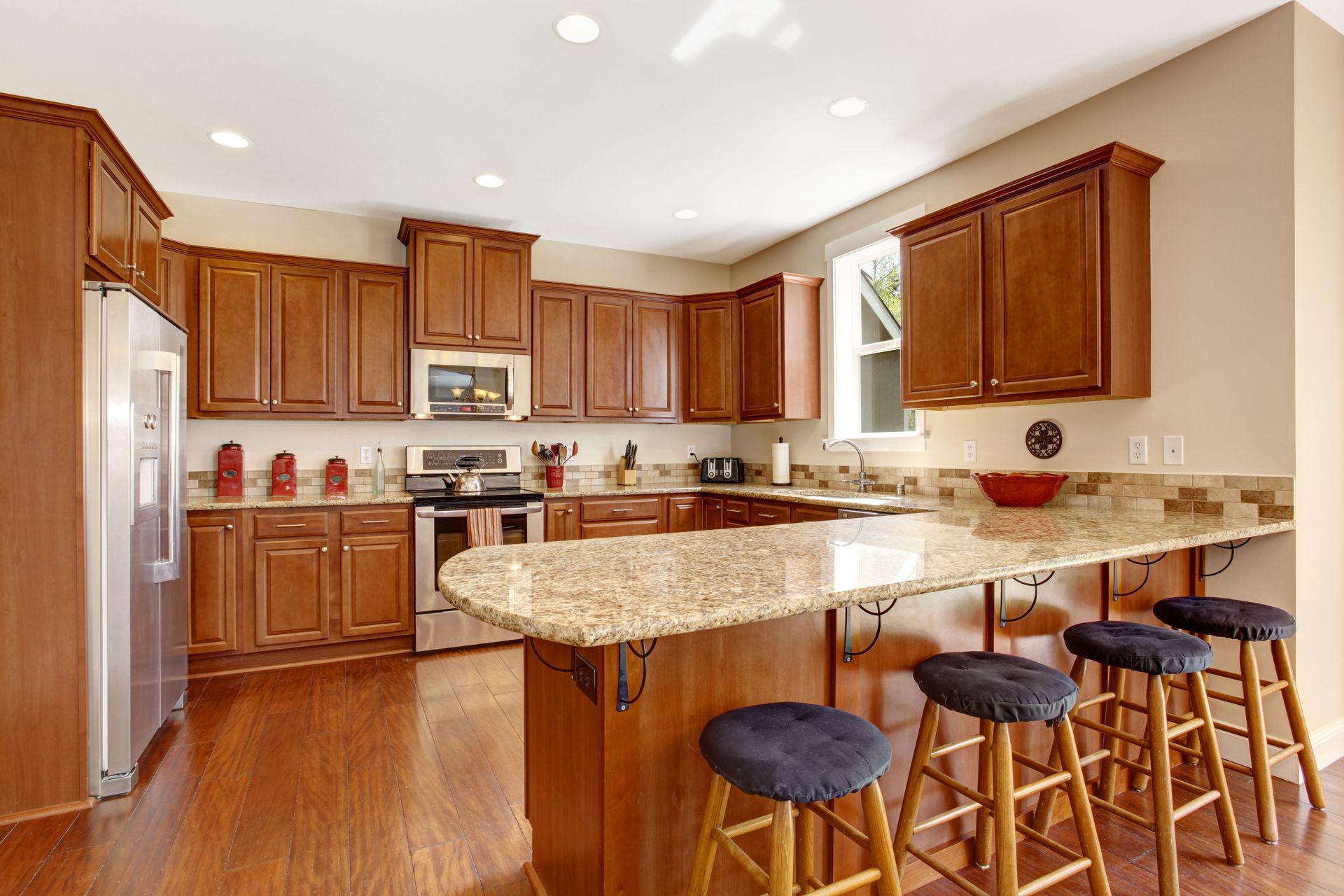

Share On: